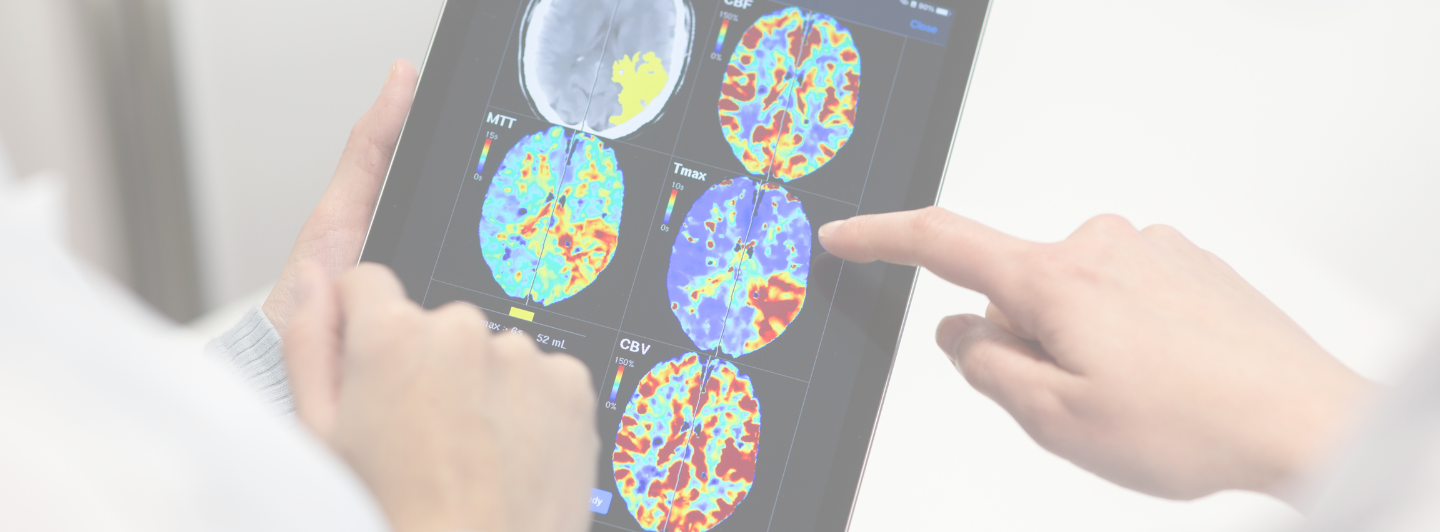In the dynamic realm of healthcare, the infusion of User Interface (UI) and User Experience (UX) principles into stroke care technologies heralds a significant revolution in clinical practice. This innovation transcends mere aesthetic enhancements, venturing into the realm of process simplification, cognitive load minimization for clinicians, and the overarching goal of patient outcome improvement. The harmonious melding of UI/UX with stroke care technologies stands to redefine treatment efficiency and the rehabilitation journey, sculpting a new paradigm in patient care.
Streamlining Stroke Care with Intuitive Design
The cornerstone of any medical technology, especially those pivotal in stroke care, is an intuitive user interface. Such interfaces ensure swift system navigation, enabling clinicians to access vital patient data promptly and make informed decisions seamlessly. Innovations like tele-rehabilitation systems that employ robotic hands, controlled via user-centric interfaces, exemplify this evolution. These systems allow therapists to oversee rehabilitation remotely, making significant strides in process efficiency and enhancing the interaction quality for both patients and healthcare providers (Steffen, Schäfer, & Amirabdollahian, 2013).
Elevating Clinical Outcomes through Engaging UX
The essence of UX in stroke care technology is crafting experiences that not only appeal to users but fundamentally support and enhance clinical objectives. Brain-computer interfaces (BCIs) for stroke recovery through motor imagery practice illuminate the profound impact of UX. By offering sensory feedback tied to brain oscillations, BCIs empower stroke survivors to modulate their sensorimotor rhythms, fostering neurological recovery and motor function enhancement (Pichiorri et al., 2015).
Facilitating Rehabilitation with Tailored Interfaces
BCIs underscore the pivotal role of refined UI/UX in rehabilitation, showcasing how personalized interface design can profoundly influence recovery trajectories. By providing feedback on brain activity states, these interfaces motivate patients to engage more effectively in rehabilitation exercises, demonstrating the power of UI/UX in personalizing and enhancing the therapy experience (Silvoni et al., 2011).
Navigating the Future Amid Challenges
The promise of UI/UX in stroke care is boundless, yet challenges loom on the horizon. Key among these are safeguarding patient data within remotely accessible technologies and extending these advancements to include a wider patient demographic, especially those in remote or underserved regions. Surmounting these hurdles necessitates a synergy between designers, healthcare practitioners, and technologists, aimed at forging solutions that are technologically adept and deeply attuned to user needs.
Embracing a New Era with Nicolab’s StrokeViewer
In this era of technological evolution, Nicolab emerges as a beacon of innovation with StrokeViewer, epitomizing the seamless integration of cutting-edge UI/UX into stroke care. Designed with the clinician in mind, StrokeViewer is a testament to Nicolab’s commitment to enhancing stroke diagnosis and treatment. This platform embodies the principles of intuitive design and advanced analytics, ensuring clinicians can deliver care with unprecedented precision and speed.
For those inspired by the potential of cloud-based and mobile technologies to transform stroke care, Nicolab invites you to discover the revolutionary StrokeViewer. Schedule a demo today and join us in navigating the future of healthcare, where advanced UI and UX in technologies like StrokeViewer simplify clinical workflows, enabling clinicians to focus on what truly matters—patient care.
Looking Forward: Enhancing Healthcare with Advanced Imaging
As we continue to unfold the narrative of digital health innovations, what role will imaging technology play in democratizing healthcare access for remote and rural communities? Our forthcoming article delves into the technological strides bridging the healthcare access divide, illuminating the path toward equitable healthcare solutions for all. Stay tuned as we explore how advancements in imaging technology are not just transforming care delivery but are also pivotal in extending the reach of life-saving treatments to every corner of the globe.

